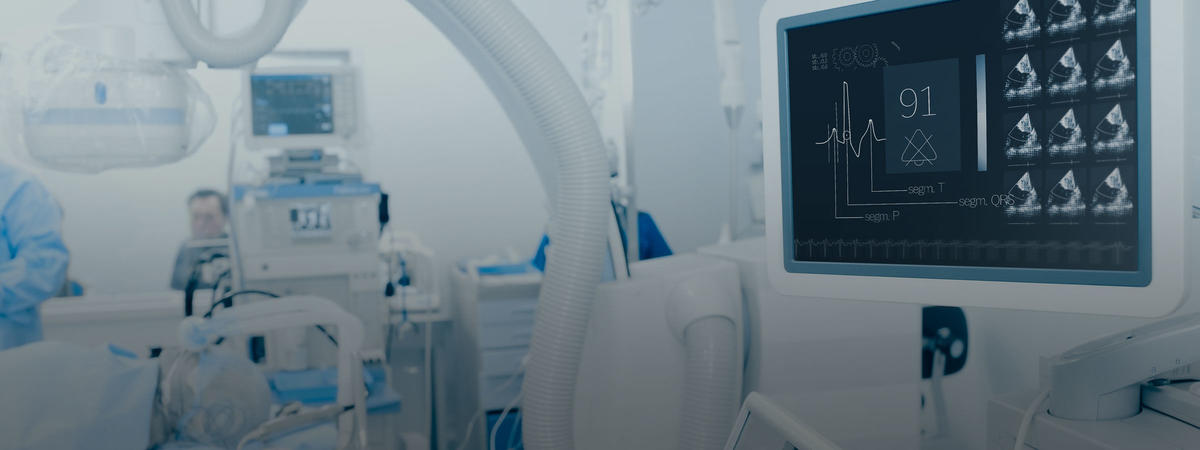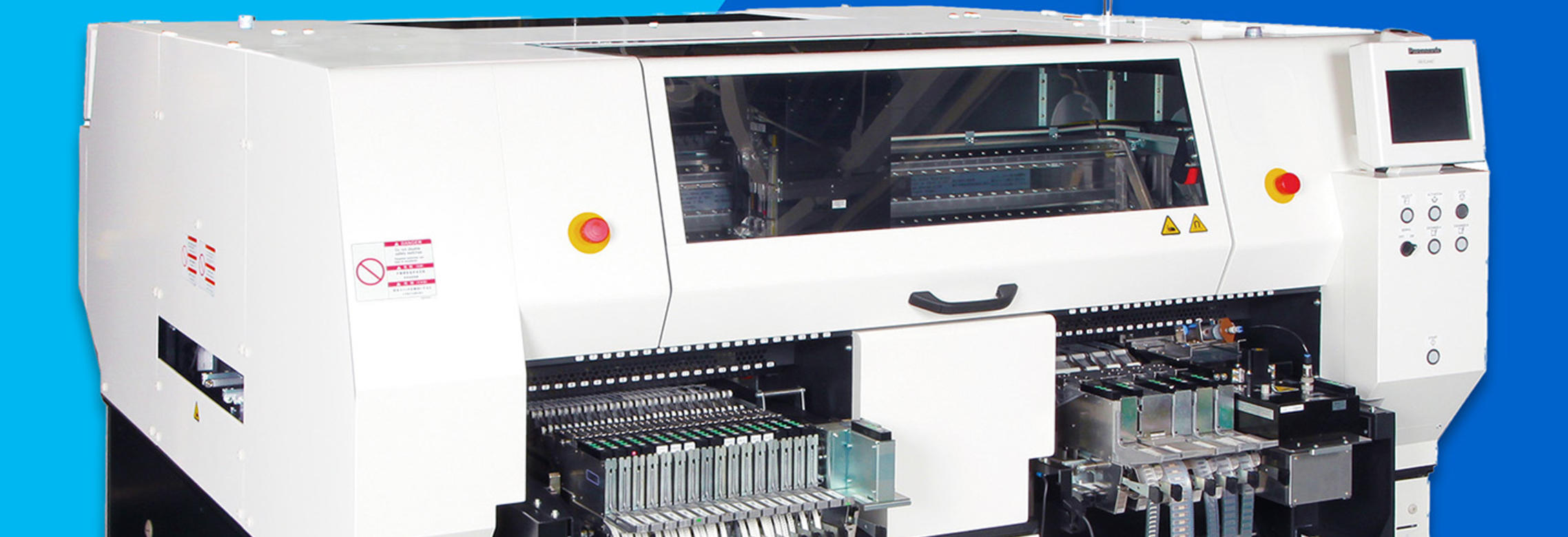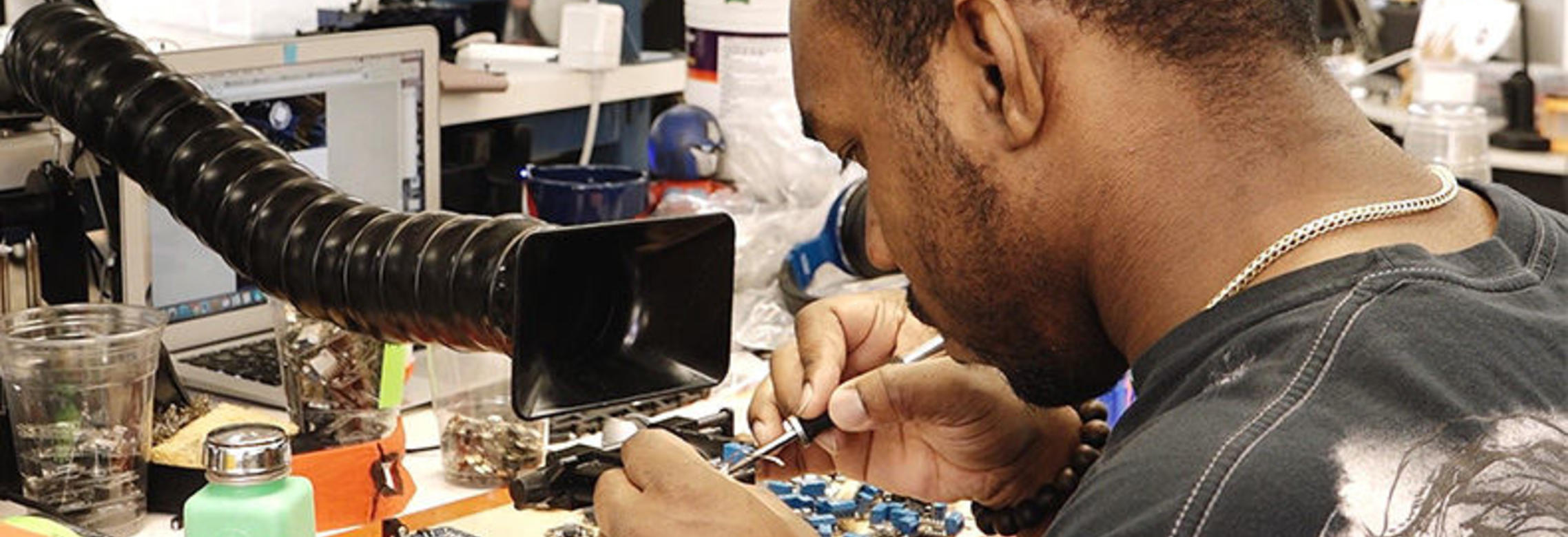How CardioQuip became the dominant player in the cooler-heater device market

If you want a firsthand example of how success can bring its own set of problems, just ask Doug Platt, founder of medical cooler-heater device manufacturer, CardioQuip. As a testament to their exacting standards, CardioQuip was among the only cooler-heater manufacturers to emerge unscathed from a contamination crisis that struck the industry in 2014. The company’s sales soared as a result – but ramping up production to meet the newfound demand turned out to be a herculean task.
Challenges
In the wake of an industry shake-up, CardioQuip’s bolstered reputation for quality and trust prompted a tidal wave of orders. But their ability to quickly expand production extended only as far as their supply chain’s ability to keep up. Multiple vendors told CardioQuip they’d have to wait months – or longer – for delivery of key components. That was unacceptable to Platt, who knew his machines were needed in the field and were essential to ensuring better patient outcomes.
Solutions
Panasonic leveraged their world-renowned manufacturing prowess, along with exceptional customer service, to keep CardioQuip manufacturing lines supplied with their machine’s key component – and on an accelerated schedule.
Results
CardioQuip was able to work through a 500-unit back order and is now the dominant player in the cooler-heater device market with an astounding 70% market share.
Founded in 2003 as a two-person medical device refurbishing company, CardioQuip is now the leading U.S. manufacturer of cooler-heater medical devices, with machines in all 50 states.
Many types of surgeries, especially those involving the heart and lungs, require the warming or cooling of patients. Cooler-heater devices regulate the temperature of the blood as it circulates outside the patient’s body with the use of temperature-controlled water. Cooler-heaters are essential pieces of operating room equipment, ensuring the health and safety of the patient during cardiac or vascular surgery.
|
|
Brainpower
CardioQuip cooler-heaters are controlled by programmable logic controllers (PLCs), which are supplied by Panasonic. PLCs can be thought of as mini computers installed on a piece of equipment that control its functions using machine language.
“We generally like to use PLCs to control our equipment,” said CardioQuip Procurement Engineer, Ashton Harry. “Our competitors use an embedded OS, but that makes it tougher to control security and also adds a huge layer of unnecessary complexity.”
CardioQuip’s partnership with Panasonic began in their formative years. “The PLC is probably the most essential component in our cooler-heaters, and Panasonic has been with us every step of the way,” Harry said.
CardioQuip favors Panasonic’s new FP0H PLC, and with good reason. “Panasonic made it really compact, which lets us make our cooler-heaters smaller. You wouldn’t think a couple of inches could make that much of a difference, but it really does – especially when you consider how valuable every square inch of operating room real estate is.”
Making connections
The Panasonic FP0H PLC had another built-in selling point for CardioQuip. “We’re developing various devices,” Harry explained, “and we’re starting to enter the phase where they’re going to talk to each other.” Panasonic engineered the FP0H with additional protocols – Modbus-TCP and TCP/IP – for networking with other PLCs.
Connectivity is a key feature for PLCs, and the FP0H was designed with dual ethernet ports. Mohammed Hassan, Regional Sales Manager for Panasonic Industrial Devices Sales Company explains why: “Ethernet cable gives you faster data transmission and access to additional protocols. Plus, it makes the wiring easier. With the two ethernet ports, PLCs will be able to talk to each other and at a faster rate, which is where the future lies.”
Harry agreed. “The technology that’s built into the module and the number of connections is amazing. The dual ethernet ports are important to us for several reasons. We’ll often have a device that monitors patient parameters alongside our cooler-heater – two separate devices – and the patient monitor can send temperature-related data to our cooler-heater to help control patient temperature. Then the PLC can upload all of that data to the hospital’s data system – Epic, for example – which gives them metrics so they can better analyze their performance. Data collection and analysis is where hospitals are headed.”
Booming business creates unique challenges
With competitors sidelined by contamination issues, orders for CardioQuip cooler-heaters came pouring in. But with opportunity came extreme challenges.
“We spun up our business as fast as you can imagine. But some of our vendors just couldn’t keep up,” said CEO Platt. “We got on the phone with Panasonic, and they basically said, ‘Here’s this small company, but they’re doing a big thing. And we’re going to support them.’ And they did. With support, training … basically everything we needed for success. So that little company who had 15% market share now has 70% market share, and we wouldn’t have gotten there without Panasonic.”
Manufacturing might makes right
To fulfill the deluge of orders, CardioQuip needed their vendors to step up, as they could only produce their cooler-heaters as fast as their vendors could supply them with components. Most important, there could be no corner cutting. CardioQuip’s exacting standards had carried them to the top of the market, and any sort of quality compromise was an automatic non-starter.
This is where their partnership with Panasonic paid dividends. As one of the world’s leading manufacturers of technological components, Panasonic had the resources and know-how required to quickly scale up production while maintaining the rigid quality control for which they’re renowned.
The secret sauce: service and support
Purchasing and integrating a sophisticated PLC into a cooler-heater device requires myriad steps, all of which require support from the supplier – from planning to testing to training to troubleshooting.
“We get unbelievable support from Panasonic,” notes Platt. “For example, we hired a biomedical engineer, and one of Panasonic’s engineers came down and spent two or three days briefing him on some new projects we had in the works. I mean … we don’t get that kind of support from anyone.”
Platt recognizes that much of their success is owed to the service and support they receive from Panasonic. “Really, there’s no way we’d be where we are today without them.”

